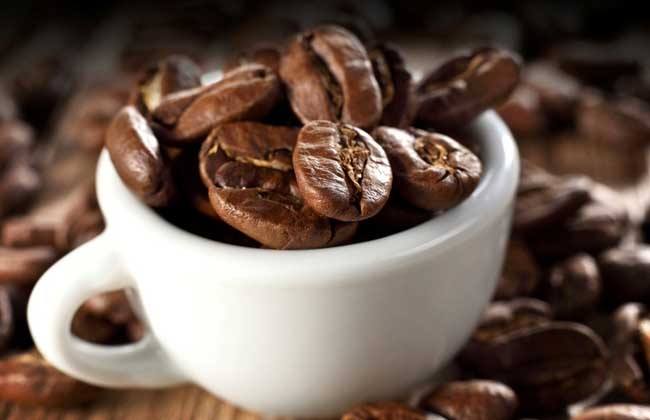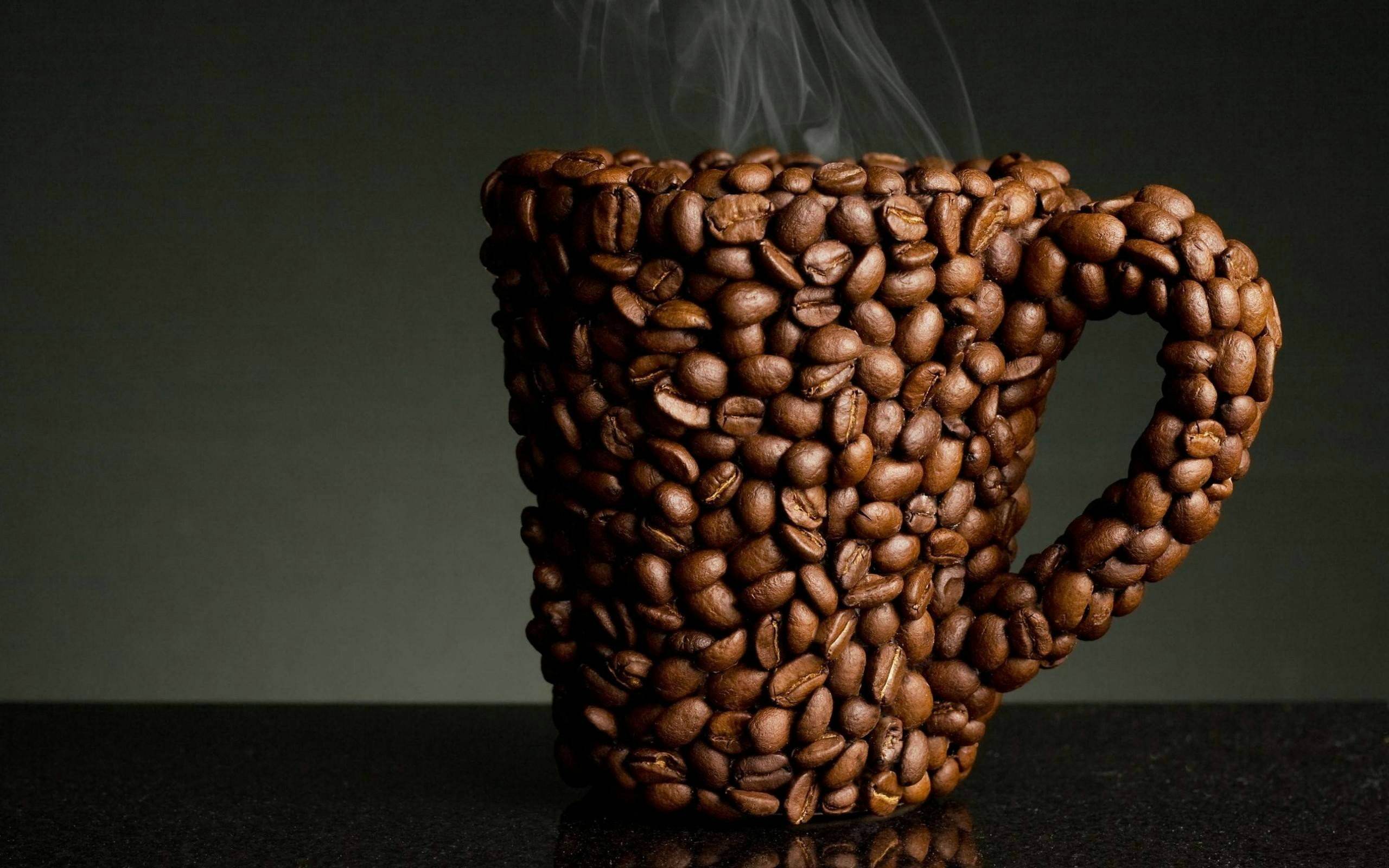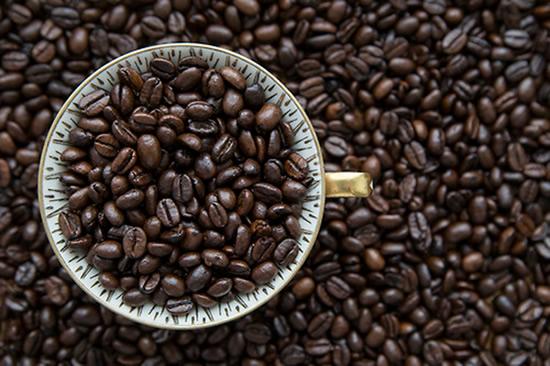Brazilian Coffee production, do Brazilian Coffee have Fat Powder
Follow the caf é (Wechat official account vdailycom) and found that Beautiful Cafe opened a small shop of its own.
Coffee production in Brazil
Brazil is the most advanced and dependent country in the world for the industrial production of coffee. Brazil grows 1/3 of the world's coffee trees, with an all-time high of 80 per cent of the global coffee market.
The commercial scale cultivation of Brazilian coffee began in the Paraiba River near Rio de Janeiro. Unlike other small coffee farms in Central America, the original commercial coffee farms in Brazil were very large, with slave labor as the labor force. Each slave must take care of 4000 to 7000 coffee trees. Once the soil is too depleted, the whole farm is moved to a new area to be replanted.
Brazilian coffee production began to flourish between 1820 and 1830, surpassing domestic demand and being able to supply foreign markets. By 1840, Brazil even produced 40% of the world's coffee. The merchants who control coffee production have become so rich that they are called "coffee barons". Any of their needs will have a significant impact on government policy.

In the 1920s, Brazil produced 80% of the world's coffee beans, and the coffee industry helped the country build a lot of infrastructure. However, such an increase in production eventually led to an overproduction of coffee, exacerbating the damage done to Brazil during the Great Depression of the 1930s. The Brazilian government then had no choice but to burn 78 million bags of coffee in the hope of normalizing coffee prices.
Although Brazil pays attention to production, it does not have a high reputation for producing high-quality coffee. Most farms use rather poor harvesting techniques, such as direct stripping harvesting (strip picking), where the whole branch and coffee fruit are stripped at once. If the plantation is large and flat (which is common on large coffee farms in Brazil), producers will harvest it mechanically by shaking the coffee fruit off the branches. Neither of these methods takes into account the maturity of the fruit, so there will be a large number of unripe fruits in the final harvest of coffee.
For a long time, most of the coffee fruits in Brazil were sun-dried in the courtyard after harvest. Half-sun treatment (pulped natural), which was introduced into Brazil in the 1990s, has indeed helped to improve quality. Over the years, ──, a Brazilian boutique coffee producer who may harvest coffee manually, treat it with water, and grow an interesting variety of coffee at high altitudes, ── has to constantly contend with the trend of Brazilian coffee produced in order to mix espresso with low acidity and high alcohol thickness.
However, although most Brazilian coffees are not grown at high elevations that are directly related to quality, many interesting and delicious coffees can still be found here. Similarly, this country also produces a lot of pure and sweet coffee, coupled with low acidity, which makes many people find it easy to drink and delicious.
Is there fat powder in Brazilian coffee?
Cream is actually a substitute for milk, and its main ingredient is plant fat powder. Plant fat powder (non dairy cream or oil powder), also known as cream and powdered oil, was first used in coffee companion (coffee mate). It is a kind of cream powder (powdered cream) which is added instead of milk when drinking coffee. Its main components are plant fat, corn syrup and plant protein.
When it comes to plant fat powder, people will associate plant fat powder with trans fatty acids, and even equate plant fat powder with trans fatty acids. In fact, plant fat powder is not the same as trans fatty acids.
The raw material of plant fat powder is hydrogenated vegetable oil. Hydrogenated vegetable oil is made from vegetable oil by hydrogenation process, which is what we usually call "hydrogenation". The hydrogenation of vegetable oil is an operation to improve the processing performance of food by adding hydrogen on the unsaturated bond to increase the melting point of the oil. The crisp effect of liquid vegetable oil is not good, but after hydrogenation, it is semi-solid at room temperature, which can meet the requirements of technology and taste. In addition, the chemical properties of hydrogenated vegetable oil are relatively stable and can prolong the shelf life. And the cost is lower than animal fat such as natural cream, so it is widely used in food industry.
If the hydrogenation of vegetable oil is incomplete, some double bonds change from natural "cis structure" to "trans structure", resulting in some "trans fat". Therefore, due to the hydrogenation process, there may be trans fatty acids in plant fat powder, but plant fat powder itself is not trans fatty acid, so it is not accurate to regard plant fat powder or cream directly as trans fatty acid.
More importantly, vegetable oils are not fully hydrogenated to produce trans fats. If fully hydrogenated, trans fats are not produced, but saturated fats. Therefore, fully hydrogenated vegetable oils do not contain trans fatty acids. At present, the food industry can also greatly reduce or eliminate the production of trans fat by improving the hydrogenation process. At present, the labels of famous brands or high-quality vegetable fat powder (coffee companion) products in domestic and foreign markets are marked "trans fatty acid is zero".
Important Notice :
前街咖啡 FrontStreet Coffee has moved to new addredd:
FrontStreet Coffee Address: 315,Donghua East Road,GuangZhou
Tel:020 38364473
- Prev

What brand of Brazilian coffee is good? the history of Brazilian coffee.
Following Cafe Review (official Wechat account vdailycom) found that Brazilian Coffee, which opened a small shop in Fairview Cafe, had a low sour taste, matched with the sweet and bitter taste of coffee, and had a slight grassy aroma, with a slightly bitter taste in the fragrance, smooth taste and pleasant aftertaste. Robbins coffee in Brazil, the largest output is Luobai.
- Next

The history and characteristics of Brazilian coffee
Following Cafe Review (Wechat official account vdailycom) found that Beautiful Cafe opened a small shop of its own Brazil: the world's largest coffee producer to have a cup of coffee Sinio? On many occasions, Brazilians will ask you like this, for example, when you visit a friend, a hospitable host will ask you; when you talk to someone about business, your business partner will ask you; even when the mall is tired of shopping, sell
Related
- Detailed explanation of Jadeite planting Land in Panamanian Jadeite Manor introduction to the grading system of Jadeite competitive bidding, Red bid, Green bid and Rose Summer
- Story of Coffee planting in Brenka region of Costa Rica Stonehenge Manor anaerobic heavy honey treatment of flavor mouth
- What's on the barrel of Blue Mountain Coffee beans?
- Can American coffee also pull flowers? How to use hot American style to pull out a good-looking pattern?
- Can you make a cold extract with coffee beans? What is the right proportion for cold-extracted coffee formula?
- Indonesian PWN Gold Mandrine Coffee Origin Features Flavor How to Chong? Mandolin coffee is American.
- A brief introduction to the flavor characteristics of Brazilian yellow bourbon coffee beans
- What is the effect of different water quality on the flavor of cold-extracted coffee? What kind of water is best for brewing coffee?
- Why do you think of Rose Summer whenever you mention Panamanian coffee?
- Introduction to the characteristics of authentic blue mountain coffee bean producing areas? What is the CIB Coffee Authority in Jamaica?

